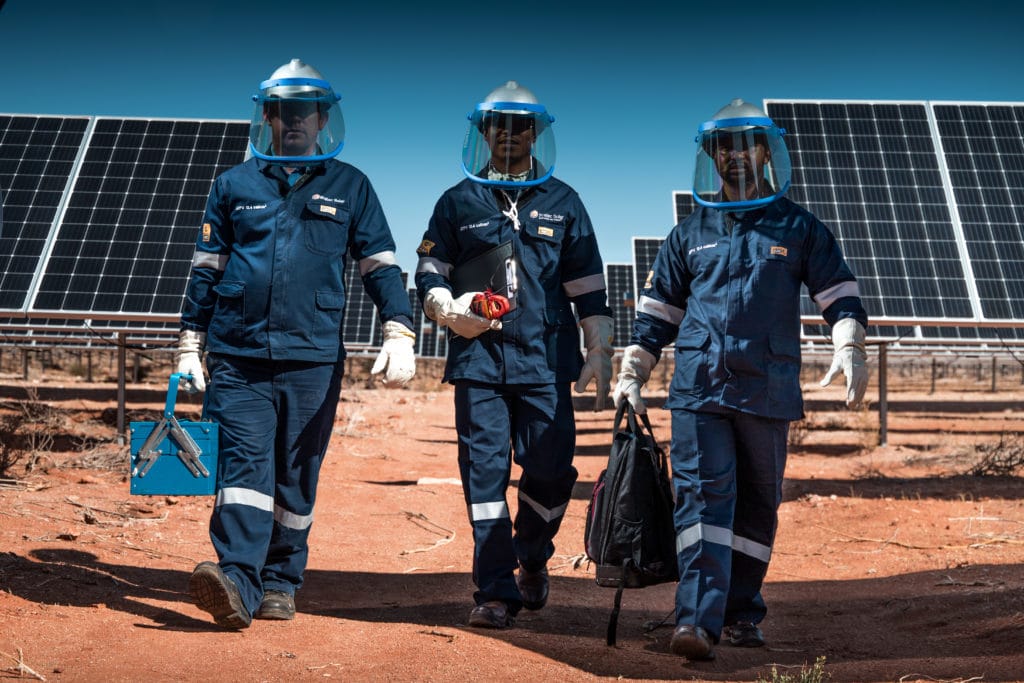Of the funds allocated to H1 Capital, 360 million South African rand ($23.5 million) is provided by Norwegian investor Norfund and 240 million rand ($15.6 million) by CDC Group, the British government’s soon-to-be-rebranded development finance institution, British International Investment.
The investment will support H1 Capital’s development of 2.4 GW of renewable energy in South Africa. According to Norfund, this amount of power is expected to provide electricity to at least 6.2 million South African homes. The investment company H1 Capital is very active in the renewable energy sector in South Africa, notably through the Renewable Energy Independent Power Producer Procurement (REIPPP).
Norway’s new Climate Investment Fund investment
H1 Capital holds assets in projects that are already operational, including alongside Norwegian independent power producer (IPP) Scatec. For example, the two partners operate the Dyasons Klip 1 and 2 solar photovoltaic plants. Both plants have a capacity of 150 MWp. In total, the investment company has an installed solar capacity of 258 MW.
Read also- SOUTH AFRICA: CDC invests $50 million in the Redstone solar project (100 MW)
H1 Capital also invests in wind power with assets in the recently commissioned 148 MW Roggeveld wind farm, 138 MW Kangnas, and 108 MW Perdekraal East. The investor also owns shares in two run-of-river hydro power plants with a combined capacity of 9 MW. H1 Capital thus becomes the first beneficiary of the new Norfund-managed Norwegian Climate Investment Fund.
Launched in 2021 with more than $1 billion in resources to be invested over 5 years, the Norwegian government’s fund is primarily aimed at supporting the development of renewable energy in developing countries, with the aim of contributing to the reduction of greenhouse gas emissions. With the investment of 23.5 million dollars in H1 Capital, South Africa benefits from this new mechanism.
Nelson Mandela’s country is accelerating its energy transition with the objective of developing 20 GW of new renewable energy capacity by 2030. These power plants would reduce its dependence on fossil fuels, particularly coal. According to the United States Agency for International Development (USAID), this highly polluting fuel produces 82% of the electricity that powers South Africa’s homes and economy.
Jean Marie Takouleu
